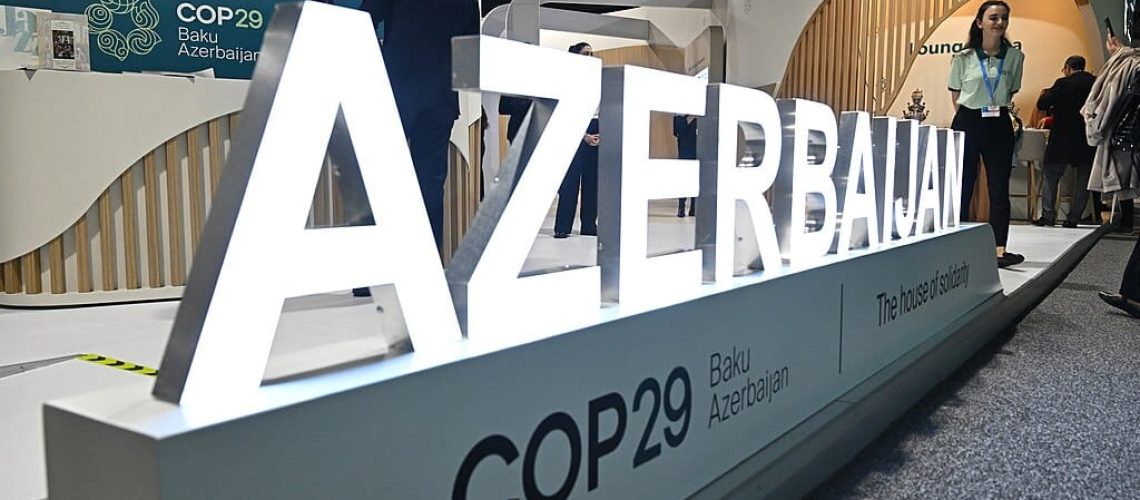Leaders of the Solar Energy Industries Association are taking part in COP29 in Azerbaijan to offer guidance on how to responsibly manage the growing renewables industry.
Last year at COP28, 200 countries pledged to triple global renewable energy capacity by 2030 to 11.2 TW, an ambitious target with a tight deadline. According to a recent report by the International Renewable Energy Agency (IRENA), the global renewables capacity grew by a record 14% last year. At this rate, IRENA said that the world could fall short by 1.5 TW, or 13.5%, of its target by 2030.
The U.S. rejoined the Paris Agreement in 2021 and set its Nationally Determined Contribution to reduce net greenhouse gas emissions by 50% to 52% in 2030. As the U.S. is currently the second largest solar adopter in the world and can play a critical role in helping the world meet the COP28 target, Abigail Ross Hopper, president and CEO and Stacy Ettinger, senior VP of supply chain and trade at the Solar Energy Industries Association (SEIA) are attending the U.N. Climate Change Conference for the first time.
The industry association stated in a release that, “Alongside its global counterparts, SEIA will offer guidance on how to proactively and responsibly manage the growing renewables industry, from strengthening supply chains and opening international markets to securing critical minerals and expanding storage adoption”.
Global solar installations can help meet about 60% of the COP28 goal, and to stay on track to meet its own goals, the U.S. needs to install an extra 30 GW of solar capacity over current expectations. “If the world reaches this goal, U.S. solar will represent about 9% of global renewable energy capacity,” SEIA stated.
The industrial policies established through the landmark Inflation Reduction Act (IRA) has propelled the U.S. solar industry on an upward trajectory in terms of both domestic manufacturing and installed capacity. For example, in Q2 2024, U.S. solar module manufacturing capacity increased by over 10 GW to 31.3 GW, and that number will continue rising as more facilities come online. This American-made manufacturing is being felt in the swing states of Arizona, Georgia, Pennsylvania, Nevada, and North Carolina, states that are home to 48% of the announced projects.
In terms of capacity, the U.S. solar and storage industry is expected to add at least 200 GW of new solar capacity over the next five years, nearly the same amount of solar that we currently have installed today.
U.S. leadership, according to SEIA,” can help drive greater ambition and help organize the innovations, ideas, and industry standards needed to help every country expand solar deployment.”
At COP29, SEIA will plans to advocate for investments in solar around the world. It will also encourage collaborative trade policies that will create a more sustainable, secure and safe world.
With an estimated 70% to 80% of all IRA investments having flowed to conservative districts, U.S. voters support solar and clean energy manufacturing across party lines. Nearly 9 in 10 (87%) of polled U.S. voters support federal clean energy tax credits in the Inflation Reduction Act, including 78% of Trump voters. COP29 is an opportunity to promote American leadership to the world and showcase how strong industrial policy can encourage the growth of domestic manufacturing as well as renewable energy.



